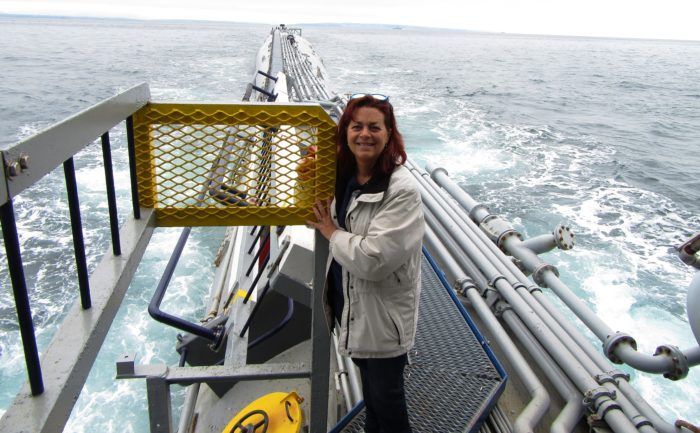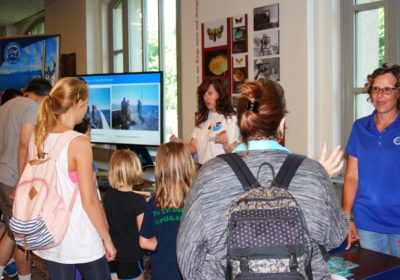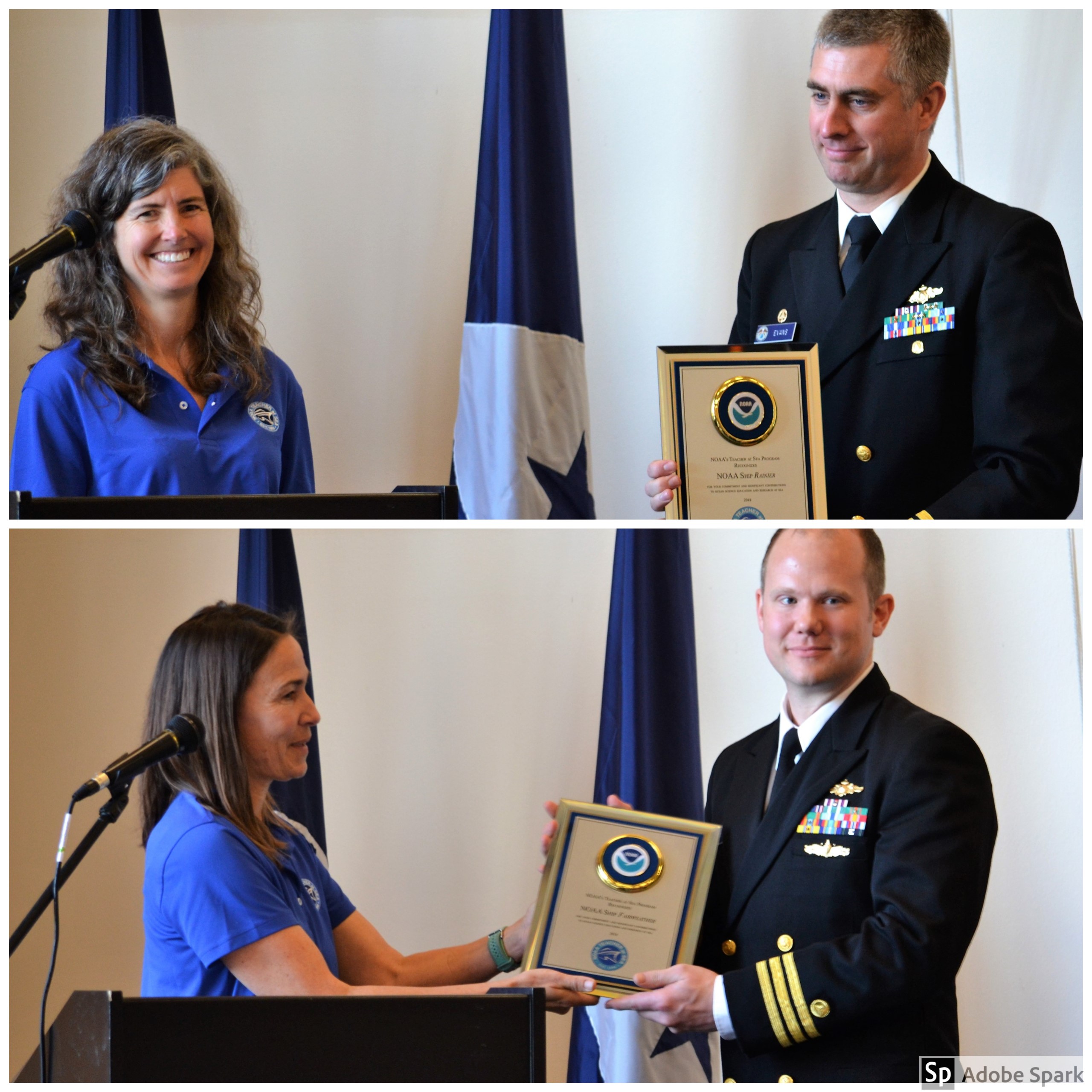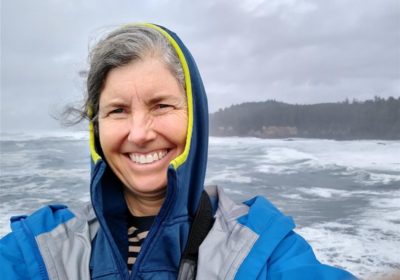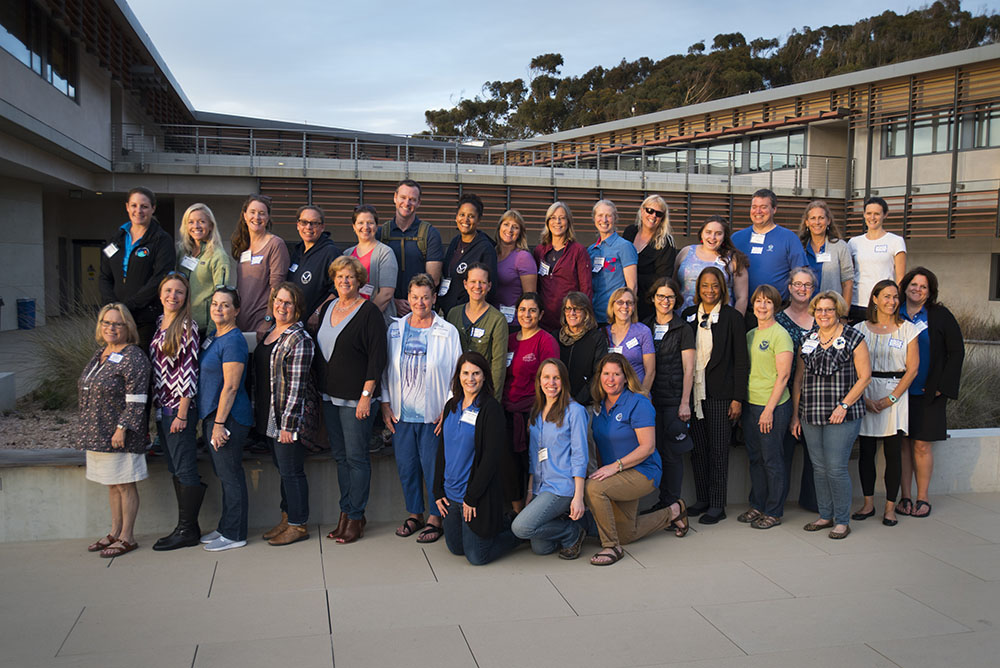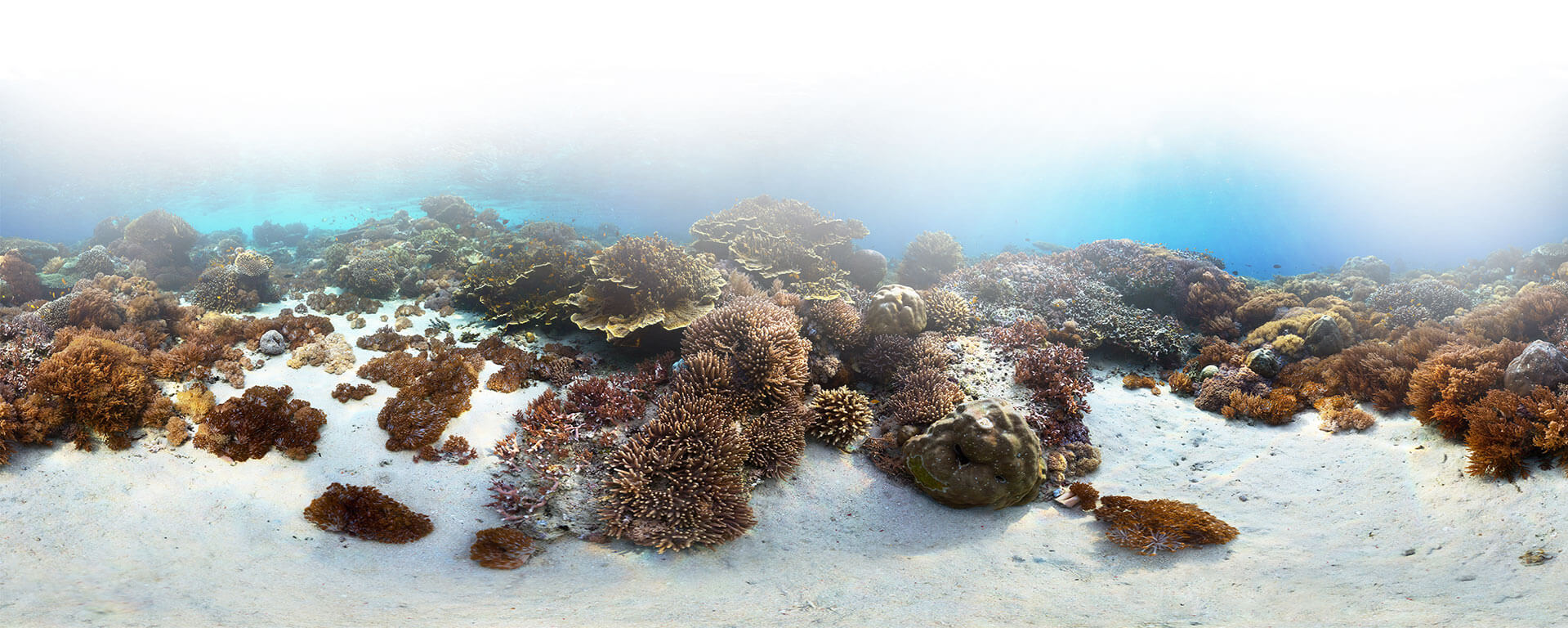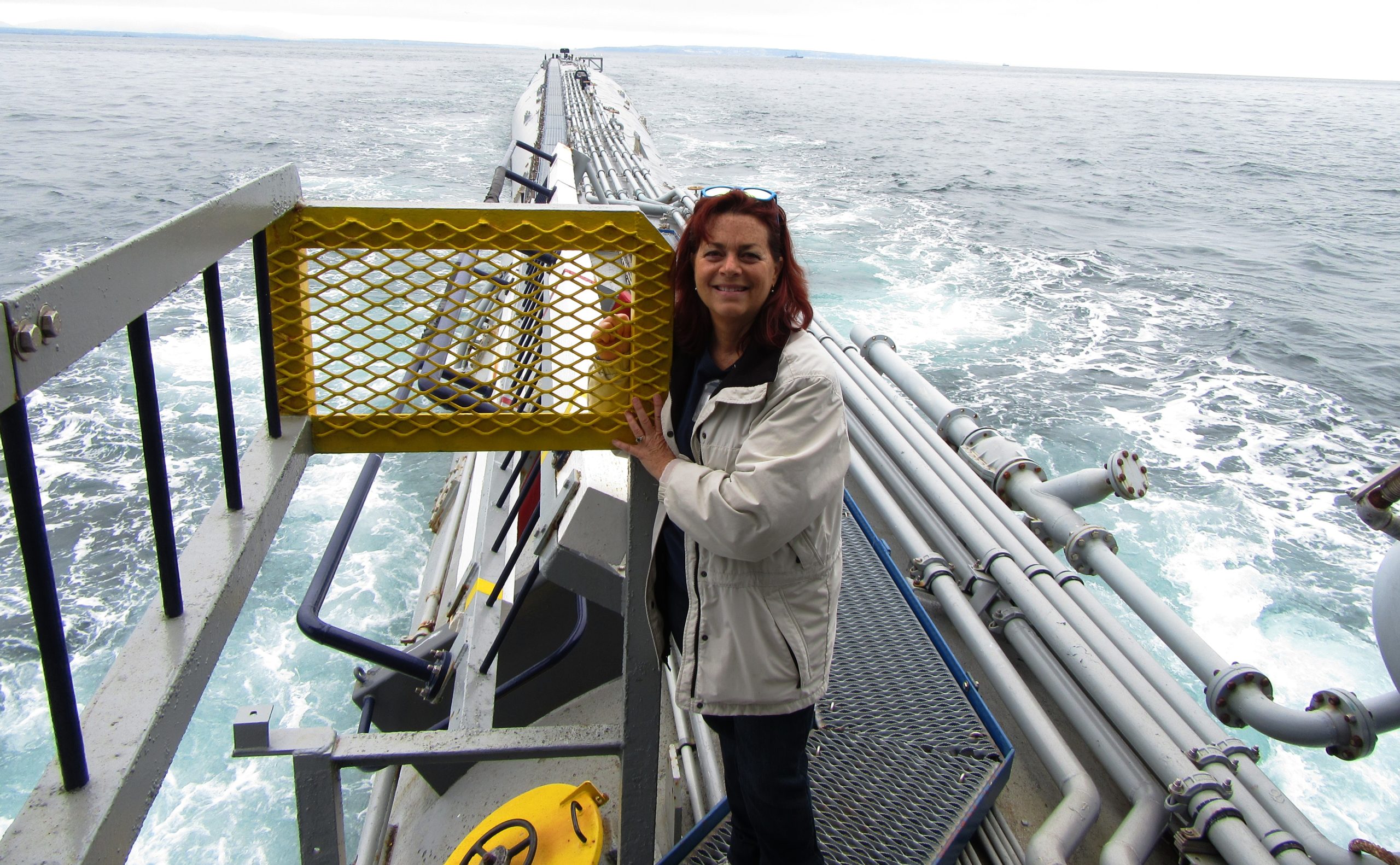
Flipping for Science!
Since her first research cruise with NOAA Teacher at Sea, Debra Brice (TAS 2003) continues to seek opportunities to experience science. She feels that her students need to have an appreciation for the value of science in their lives. In May 2016, Ms. Brice sailed on the Research Platform – FLIP (Floating Instrument Platform). FLIP is not an ordinary ship. While at sea, it can be in either a horizontal position or “flipped” 90 degrees so that 300 feet of it is under water. This 355-foot platform was designed by scientists for oceanographic research by Scripps Marine Physical Lab. It’s operated by Scripps Oceanography for the U.S. Navy.
“I loved it and so did the scientists, just stunning. FLIP is 54 years old and still an absolutely amazing piece of engineering. Also, the sonar technology and physics of sound that we now know would not have been possible without her. So, it emphasizes to the students that engineering to build the “toys of science” is just as important as the science itself!”
The FLIP research cruise was part of Ms. Brice’s longtime partnership with Scripps Institution of Oceanography (SIO) – University of California San Diego, and the Office of Naval Research (ONR). She takes her students on tours of SIO research vessels annually where they meet scientists and crew members. For 12 years, Ms. Brice has been the Director of In the Footsteps of Roger Revelle (IFRR) at her middle school. This is a science education program linked to Next Generation Science Standards (NGSS) that focuses on real-time research at sea. Learn more about FLIP in this video.
